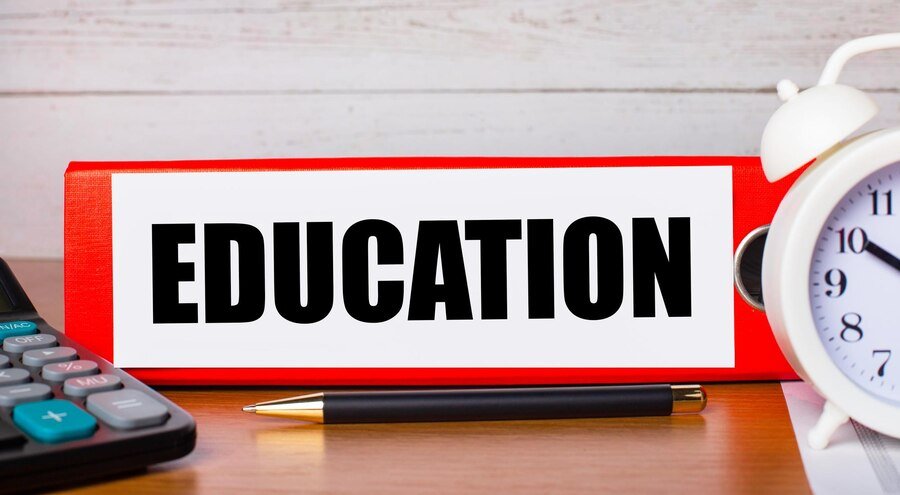The current National Education Policy (NEP) 2020 in India comes 34 years after the National Policy on Education, which was first introduced in 1986 and revised in 1992. It took six years of intensive labour and consultations with numerous educators, policymakers, and participants in civil society. The National Education Policy 2020 aims to raise the Gross Enrollment Ratio in school education, including vocational education, from 26.3% in 2018 to 50% by 2035.
Highlights of New Education Policy 2020
- Emphasise Early Childhood Care and Education (ECCE) & Foundational Literacy and Numeracy (FLN).
- Curtailing dropouts and ensuring universal access at all levels of education.
- Learning should be Holistic, Integrated, Enjoyable, and Engaging.
- Focus on Teacher Empowerment.
- Equitable and Inclusive Education: Learning for Everyone.
New Pedagogy and Curriculum for School Education
The New Education Policy 2020 focuses on universalising Early Childhood Care and Education (ECCE). It replaces the current 10+2 structure with the new 5+3+3+4 education structure, which is explained below:
- Foundational Stage – 5 Years
- 3 years at an Anganwadi/Balvatika/Preschool/Playschool for children aged 3 to 6 years with multi-level play and activity-based learning.
- 2 years in classes 1 and 2 for children in the age group of 6 to 8 with multi-level play and activity-based learning
- Preparatory Stage – 3 Years
- From classes 3 to 5
- For children in the age group of 8 to 11 years
- Activity-based and interactive classroom learning
- Middle Stage – 3 Years
- From classes 6 to 8
- For children in the age group of 11 to 14 years
- Experiential learning in science, mathematics, social sciences, arts, and humanities.
- Secondary Stage – 4 Years
- From classes 9 to 12
- For children in the age group 14 to 18 years.
- The multidisciplinary study, student’s choice of subjects and focus on critical thinking.
The 3 Language Formula
The New Education Policy focuses on using the mother tongue or neighbourhood language as the training medium until Class 5 and recommends its continuance until Class 8 and beyond. It recommends that each college student learn at least 3 languages in their school.
Out of three languages, at least two should be native to India. For example: If a student in Mumbai is learning Marathi and English, he/she will have the option to learn another Indian language. The formula will be implemented in every private and public school.
Moreover, high-quality textbooks, including science, will be available in home languages. If the home-language textbook material is unavailable, teachers and students will use the home language as the medium of instruction.
Furthermore, the New Education Policy 2020 encourages teachers to use a bilingual approach for students whose home language differs from the medium of instruction, including bilingual teaching-learning materials.
National Education Policy 2020 – Implementation Challenges
The following are some of the challenges that may be faced while implementing the New Education Policy:
- The revised policy fails to acknowledge and incorporate ideas based on contemporary global thinking, such as the importance of creativity and critical thinking, as well as the need for gaining knowledge in a non-competitive and non-hierarchical environment and discovering one’s true passion without fear.
- Implementing the proposed Anganwadi changes may be difficult despite the emphasis on early childhood care and schooling.
- Volunteer teachers, peer tutoring, school system rationalisation, and resource sharing are not long-term solutions.
- There is a lack of clarity in government strategies for the public sector, such as municipal schools, state-run institutions, Kendra Vidyalaya, etc.
- The establishment of a National Testing Agency (NTA) has been met with scepticism. The NTA, while intended to serve as a premier, expert, independent testing organisation to conduct entrance examinations for admissions and fellowships in higher educational institutions, may, in reality, lead to a loss of admissions autonomy among universities and departments.
New Education Policy 2020 aims to ensure that no child is devoid of the opportunity to learn and excel because of their birth circumstances or background. Therefore, special attention will be paid to the Socially and Economically Disadvantaged Groups (SEDGs), which include gender, sociocultural, geographical identities, and disabilities. As a result, children with disabilities will be able to fully participate in the regular schooling process from the foundational stage to higher education.


